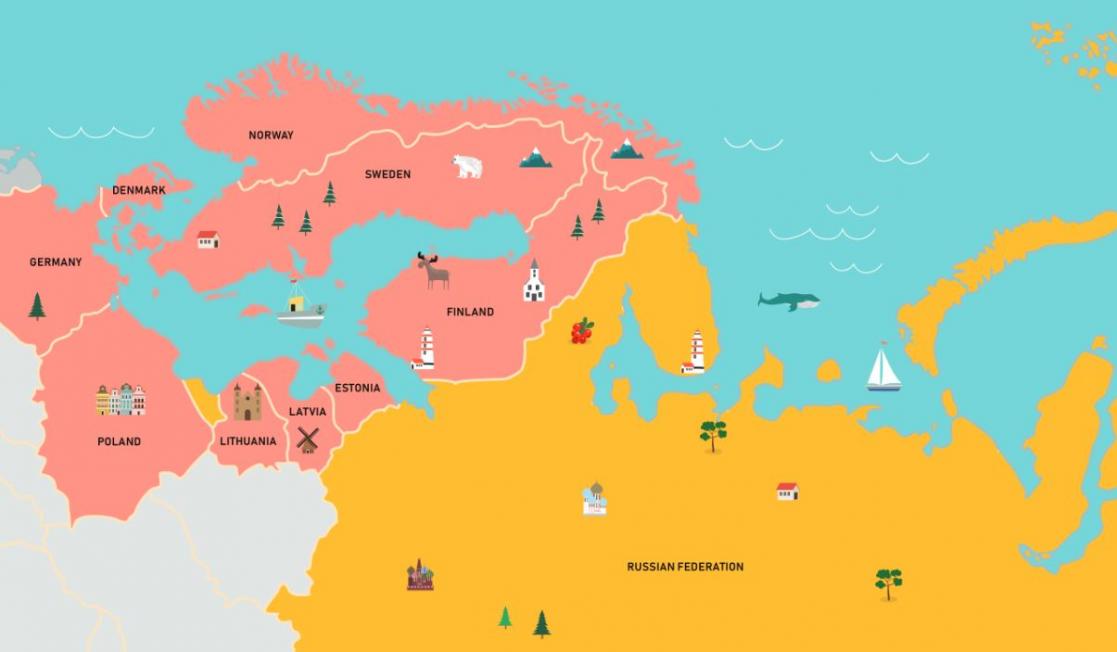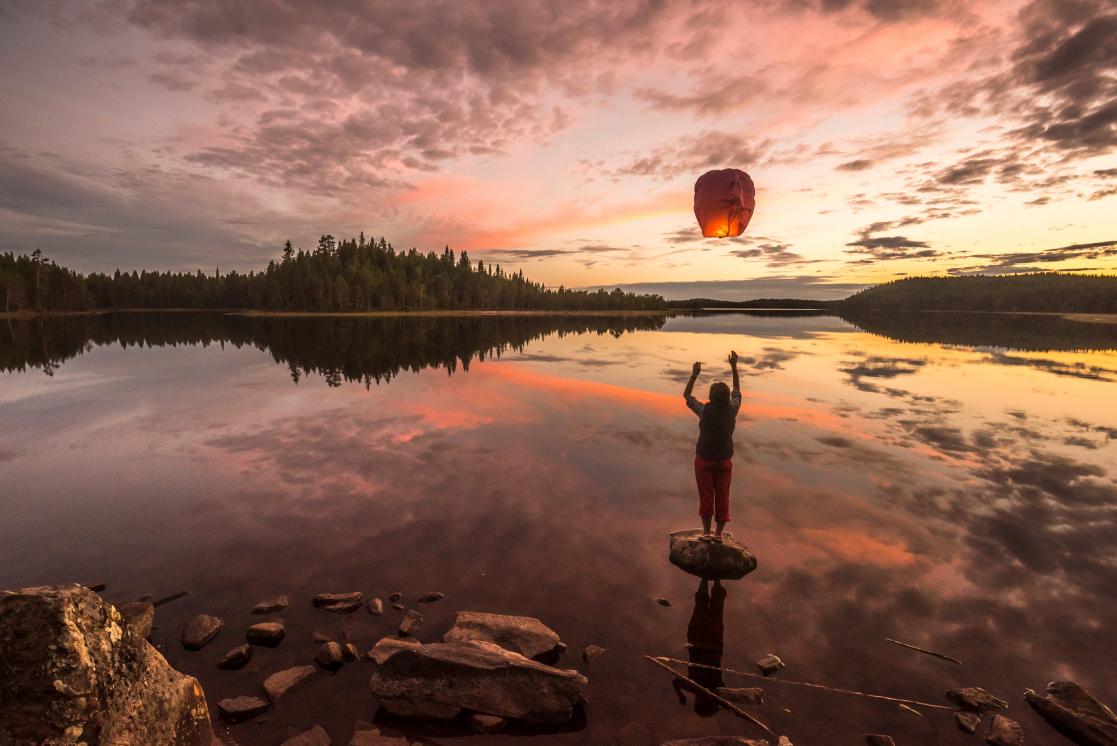From Arctic rivers to breast cancer: how the EU and Russia cooperate to improve lives across borders

What do Artic rivers, a hospital in the Lithuanian city of Klaipeda and drinking water in the Russian city of Sortavala have in common?
They all benefit from cross-border cooperation between the European Union and Russia, which aims at facilitating socio-economic development and fostering closer ties between residents of territories on both sides of the border.
“Because of Karelia’s swampy territory, our water can be dark brown,” says Valentina Gorbunova, a Russian specialist in water treatment who takes part in a cross-border cooperation project with Finnish counterparts. “They have tremendous experience in the design, construction and operation of water and sewage facilities and are ready to share it with us.”
As a result of this project, residents in Sortavala and surrounding settlements will soon be able to drink clean water from the tap, a significant improvement to their quality of life.
Gorbunova, along wither other participants, features in an exhibition showcasing 22 EU-Russian cross-border cooperation projects successfully implemented since 2014.

Valentina Gorbunova, a Russian specialist in water treatment collaborating with Karelia project.
The “Together” exhibition, which kicked off on 18 October in St. Petersburg, is touring across Petrozavodsk, Kaliningrad, Murmansk and Saint Petersburg -- four major north-western Russian cities actively involved in EU-Russian cross-border cooperation.
It illustrates the concrete benefits of such cooperation for citizens of Russia, Estonia, Finland, Latvia, Lithuania, Poland, Sweden, Denmark and Germany, as well as Norway. It shows how working across borders helps address common challenges related to the environment, public health, safety, and security, and contributes to building long-term partnerships.

Map of the border region benefiting from EU-Russia cross-border cooperation programmes.
Another project showcased in the exhibition aims at improving early detection of breast and colorectal cancer in Russia’s Kaliningrad region and Lithuania’s Klaipeda county.
Infrastructure for early diagnostics was set up in the two regions, with the participation of hospitals on both sides of the border. Work was also conducted to improve the qualifications of medical personnel and raise public awareness of the importance of early diagnosis.
The Kaliningrad Central City Clinical Hospital now has a specialised medical centre with state-of-the-art diagnostic equipment, which will increase its diagnosing capacity threefold. Thanks to the project, Russian and Lithuanian specialists were also able to share their experience and develop methodical recommendations for health workers in their respective countries.
“The practice of regular check-ups is widespread in Europe but in Russia, preventive medicine has only recently become part of everyday life,” says Russian oncologist and surgeon Dmitry Ermakov. “Owing to such projects, these important services are becoming more accessible, people learn about the opportunity to undergo quality medical tests for free.”

An image from one of the 22 EU-Russian cross-border cooperation projects.
The exhibition illustrates the scope of cross-border cooperation, with projects spanning a variety of areas from fire safety to the restoration of arctic rivers’ ecosystems, gastronomic tourism, women entrepreneurship, child psychology, facility management, education in robotics and programming, and much more.
“Cross-border Cooperation is a largely unknown area of our cooperation” says Markus Ederer, Ambassador of the European Union to the Russian Federation. “The beauty of this cooperation is that it is not abstract but very concrete and tangible. Citizens can see its results and, I hope, feel positive changes in their lives.”
The exhibition is on display until 31 October at the St. Petersburg State University of Economics before moving to Murmansk in November.
For those unable to visit the exhibition, “Together” also has an online version that includes a series of videos.





